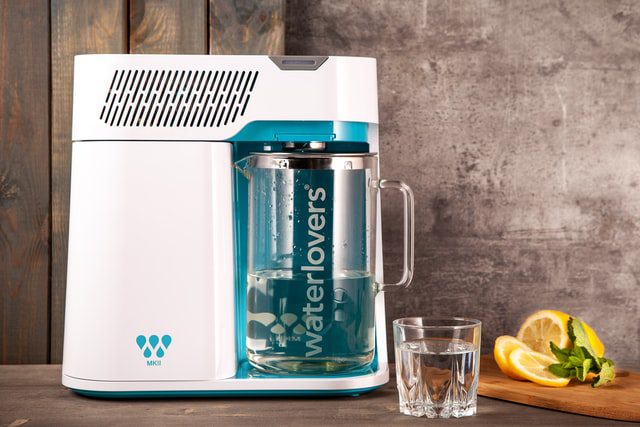Fresh, drinkable drinking water is critical to the existence of almost all living creatures. But, disasters do occur from time to time, poisoning key water supplies. Learning how to cleanse polluted water before consuming it is critical by using a purifying water system. Furthermore, aluminum water bottles would be a great choice for safe and healthy storage or preservation of water. Buy yourself a drink at My Own Water and drink safely.
The techniques listed here are only a few of the various ways to filter water at the house, whether for immediate usage, outdoor survivability, or, as some of the ways require, regular use.
Table of Contents
Boiling Water
The most basic and widely used way of purifying water supplies is boiling them. Considering safety, heat water over just a stove fire or heat source until it gets a full, rolling boil, then keep it boiling for at least five to 10 minutes. The longer you boil the water, the safer and purer it will be.
Because boiling polluted water removes all of the oxygen from the liquid, the resultant cleansed water may taste flat. This small flaw may be readily remedied by merely shaking the cleansed water.
A bit of salt can also be sprinkled into each liter of drinking water to add some flavor.
Iodine Pills and Liquid Iodine
Pollutants in water can be killed by small doses of fluid iodine or iodine pills. Iodine, like bleach, is a substance that should only be used for a brief period of time.
When the water is clear, add five drops of 2% fluid iodine to each liter of water with a medical pipette. If the water is murky, use ten drops. Iodine is also sold as water filtration pills.
Two pills per liter of water can be used. Allow the liquid to remain for at least thirty minutes or longer at room temperature before shaking vigorously.
To reduce the bitter taste from the iodine, ingredients such as citrus juice, lemon powder, and even vitamin C pills can be added to the cleaned water.
Disinfection by Sunlight

If boiling water for filtration is just not an option, solar disinfection is a quick and economical solution. Solar treatment, as opposed to employing direct, severe heat, uses the sun’s heat to help in the purifying operation.
You’ll need bottles, polluted water, and direct sunlight to be successful with this procedure. Use plastic water bottles and fill them up to roughly three-quarters full with water.
Shake the water bottles for about 20-30 seconds before adding water to the last quarter of each container. Close securely and leave in the direct direction of the sun’s rays for at least 6-8 hours before drinking.
Filtration by Slow Sand
Another method for purifying water is gradual sand filtering, which commercial farms have used for many centuries.
Filtration through sand is a very successful method that consists of multiple layers of sediment that remove suspended particulates in the water.
Slow sand filters differ from all other types of water filtration in that they employ a complicated, gel-like layer that is naturally generated on the sand’s surfaces rather than the sand itself.
Slow sand filtration has numerous benefits, the most important of which is its simple form and availability as a do-it-yourself technique. Additionally, the sand filters rely on very little mechanical energy, chemical products, or changeable components and thus do not demand much maintenance.
Commercial Filters
There are several methods for filtering water for safe consumption. Materials like coffee filters and cotton towels can be used in an emergency, although they are not particularly effective at removing all undesired particles.
On the other hand, modern filters are extremely effective in removing nearly all toxins and silt from polluted drinking water.
Commercial filters come in various styles, including transportable ones to have on hand in case of an emergency, filtering systems that connect directly to your household faucets, and even filters that come pre-installed on water containers and single bottles.
Water purifiers vary in size, form, and price, but the majority of them function by passing water through a charcoal or porcelain filter and then chemically purifying it.
The most common disadvantage of this approach is that the filters become blocked up quite rapidly. Some may be cleaned and reused, while others may necessitate purchasing a new filter.
Featured Photo by Water Lovers on Unsplash




